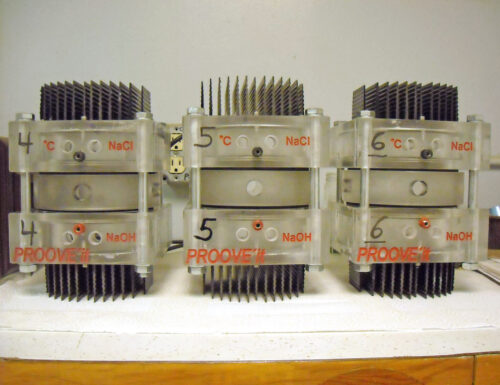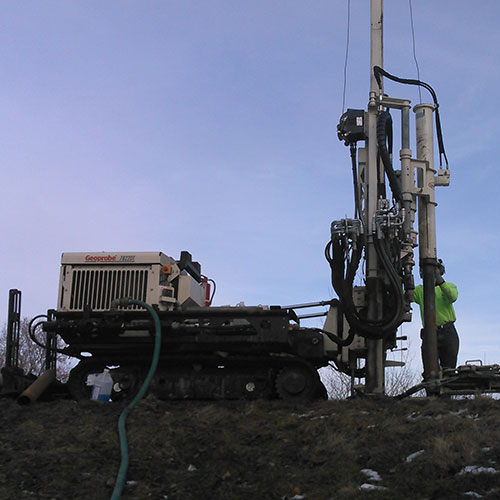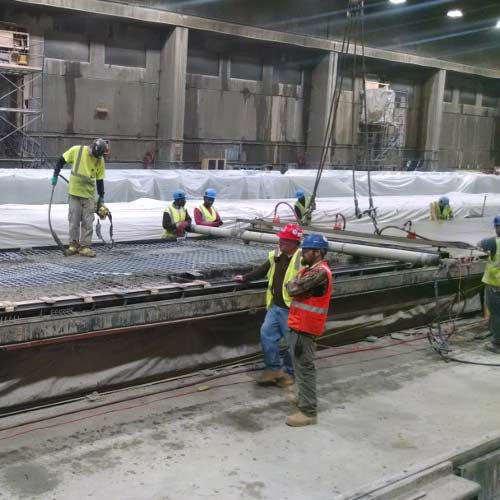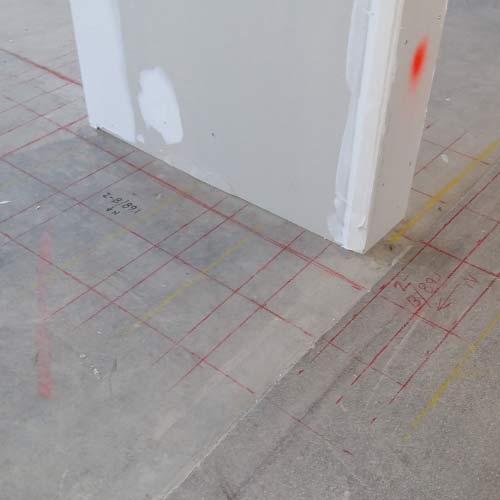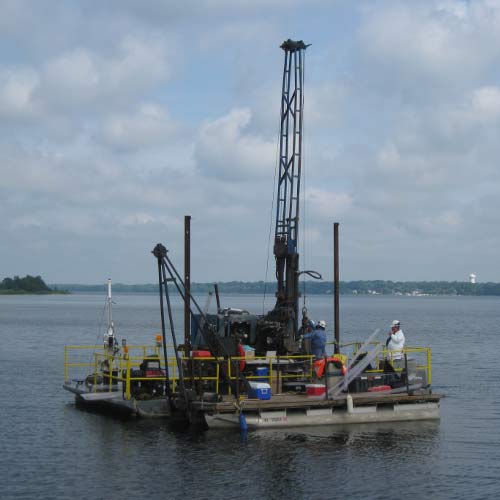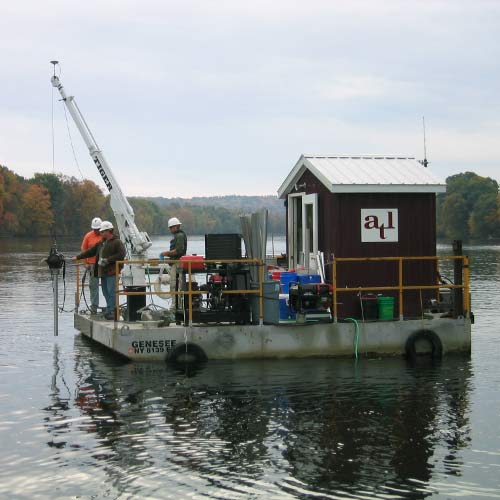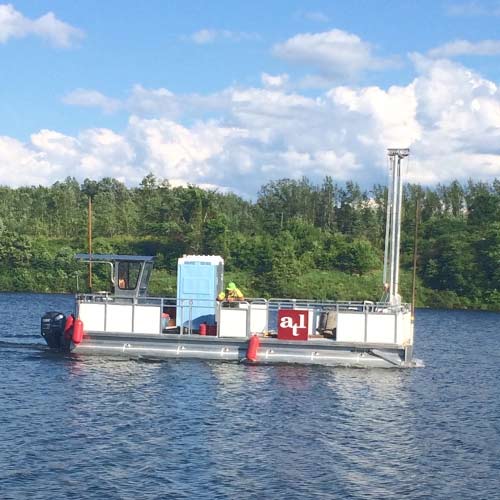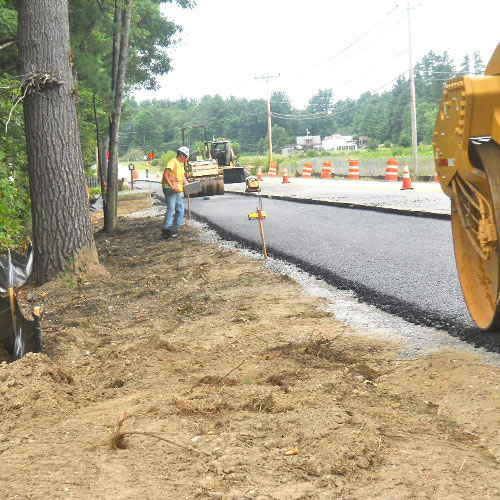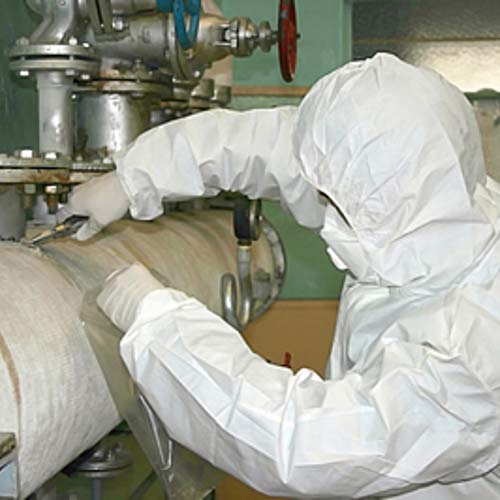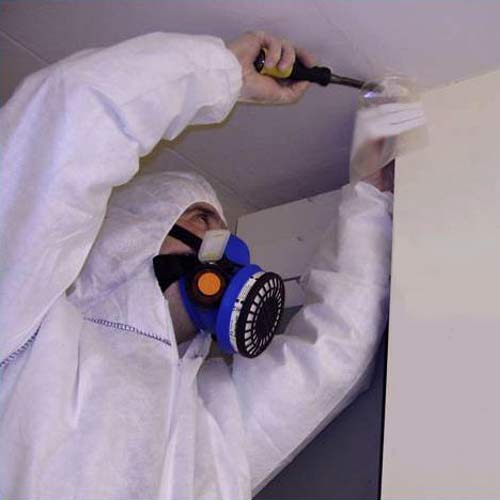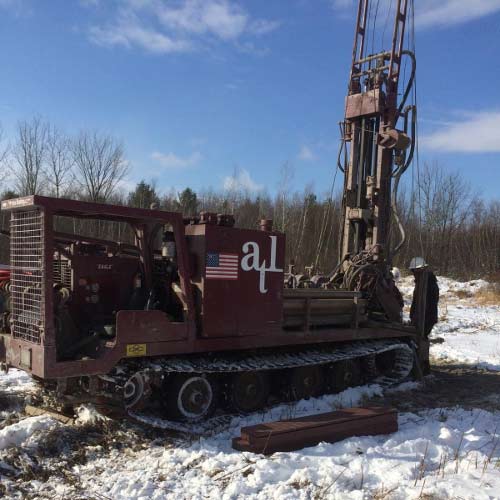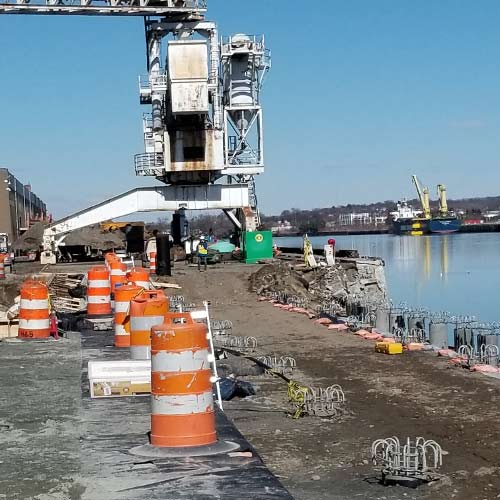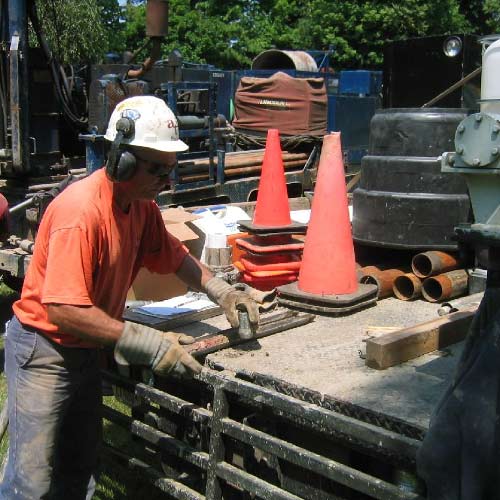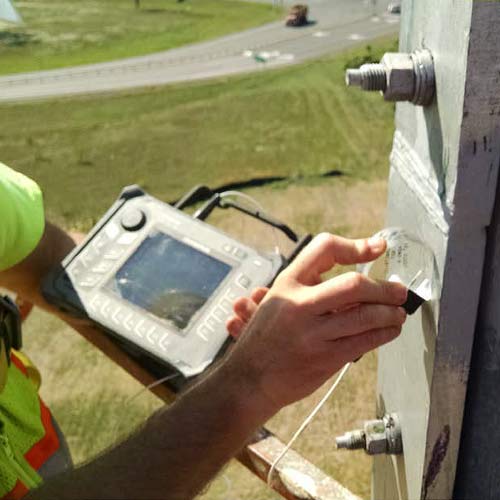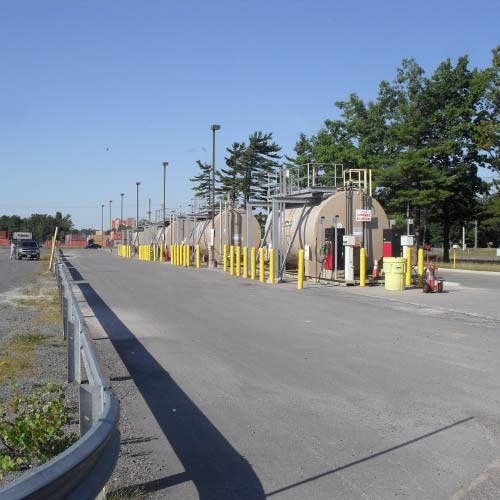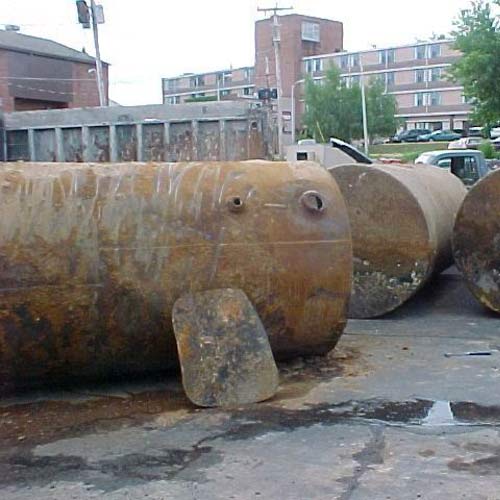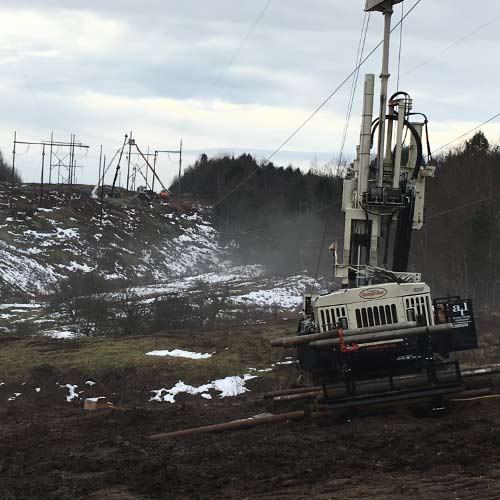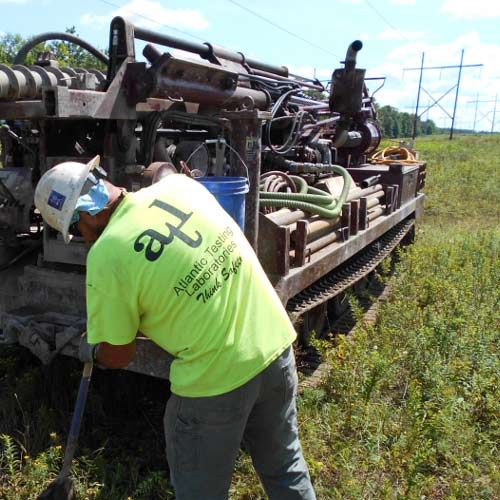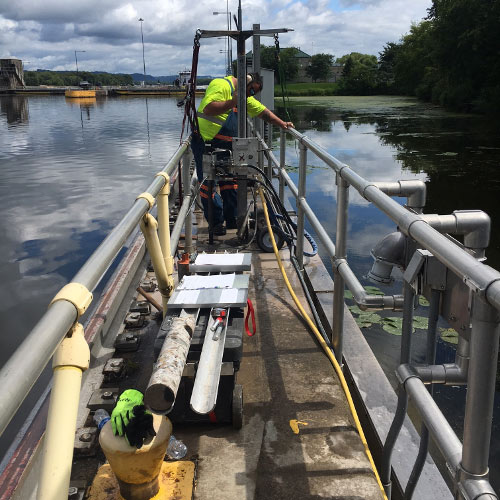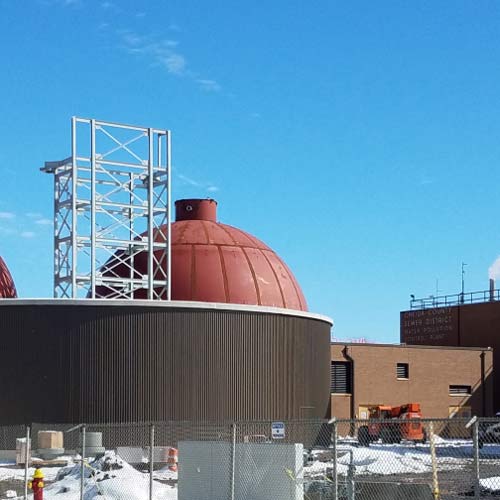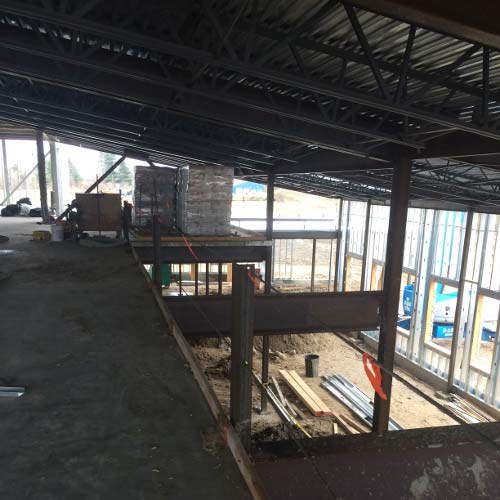The New York State Department of Transportation (NYSDOT) will soon be implementing a new concrete specification that will require surface resistivity (AASHTO T358) to be measured during concrete mix development, and as part of final acceptance for the new Performance Engineered Mix (PEM) requirements.
Research has shown that concrete with a high surface resistivity has a low chloride permeability, making the concrete less susceptible to chloride penetration, thus increasing the long-term durability of the concrete.
Chloride (Cl-), the negatively charged ion of the element chlorine (Cl), can cause accelerated corrosion of reinforcing steel, and reduce the long-term durability of reinforced concrete. Due to the high solubility of chloride in water, its natural abundance in many rocks, minerals, and soils, and the inherent porosity and permeability of concrete, chlorides can be easily introduced into concrete from both external sources (deicing salts, seawater, groundwater) and internal sources (aggregates, mix water, accelerating admixtures).
Test methods to determine the concentration of chloride in hardened concrete include:
- ASTM C1218 determines the concentration of water-soluble chlorides in concrete; water-soluble chlorides are readily available to accelerate corrosion of embedded steel
- ASTM C1152 determines the concentration of acid-soluble chlorides; acid-soluble chlorides include all chlorides in the concrete, including those that are chemically bound
- AASHTO T260 determines both the water- and acid-soluble chloride content of the concrete
The concrete’s resistance to chloride penetration can be evaluated using the following test methods:
- ASTM C1202 is used to determine the concrete’s resistance to chloride ion penetration
- NT Build 492 is a European test method that is used to determine the chloride migration coefficient, which is also a measure of the concrete’s resistance to chloride ion penetration
- AASHTO T358 is a relatively new method of evaluating concrete resistance to chloride penetration by measuring the surface resistivity of a standard concrete cylinder
ATL, a WBE certified company, performs all the chloride content and penetration resistance test methods, in addition to extraction of the concrete samples for testing, either from drilled cores or in-place concrete. ATL has been providing laboratory testing and engineering support services from our AASHTO accredited and US Army Corps of Engineers validated laboratories for over 50 years.
For more information, contact Steven Moore, PE at 518-383-9144, info@atlantictesting.com, or visit AtlanticTesting.com.

